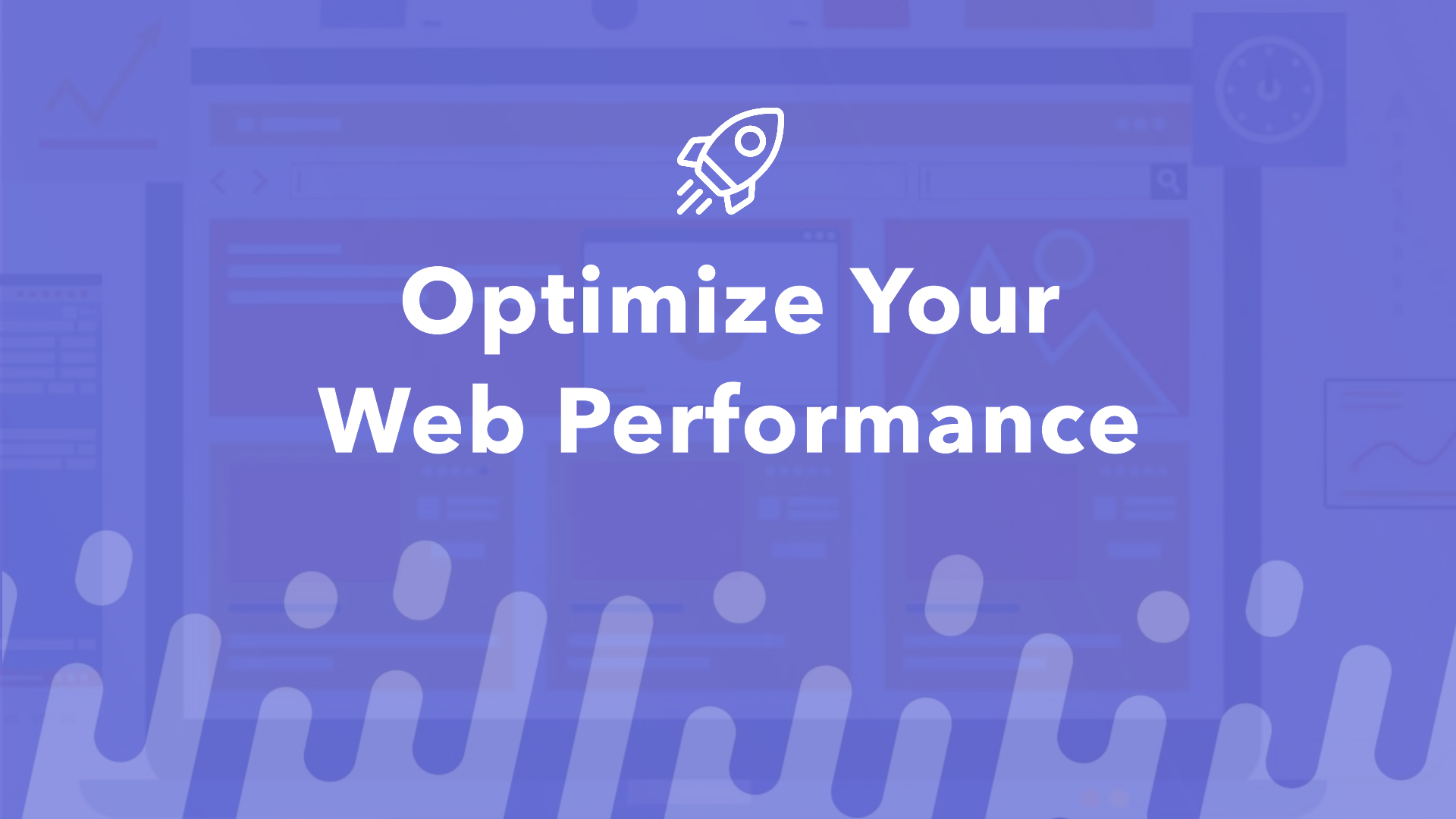Today's Learning: Web Performance Optimization
 Abhishek Sharma
Abhishek Sharma
Web performance is crucial for user experience. A slow website can lead to high bounce rates, decreased conversions, and a poor brand image. In this post, we'll delve into some key aspects of web performance optimization (WPO).
Understanding Web Performance Metrics
Before diving into optimization techniques, it's essential to understand the metrics that measure website performance. Some crucial metrics include:
Page Load Time: The total time taken for a page to load completely.
First Contentful Paint (FCP): The time it takes for the browser to render the first piece of content on the page.
Time to Interactive (TTI): The time it takes for the page to become fully interactive, allowing users to interact with elements.
Largest Contentful Paint (LCP): The time it takes for the largest content element on the page to load.
Cumulative Layout Shift (CLS): A measure of visual stability, indicating unexpected layout shifts.
Optimizing Images
Images can significantly impact page load time. Here are some optimization techniques:
Compression: Use tools like TinyPNG or Squoosh to compress images without noticeable quality loss.
Format: Choose the appropriate image format (JPEG, PNG, WebP) based on image content and quality requirements.
Lazy Loading: Load images only when they are about to enter the viewport.
Responsive Images: Serve different image sizes based on the device's screen size.
<img src="low-res.jpg" data-src="high-res.jpg" alt="Image description" class="lazyload">
Leveraging Browser Caching
Browser caching stores static resources locally, reducing server requests and improving load times.
- Cache-Control Headers: Set appropriate cache-control headers to specify how long resources should be cached.
Cache-Control: max-age=31536000
- Service Workers: Utilize service workers for offline functionality and caching assets.
Minifying Code
Removing unnecessary characters from HTML, CSS, and JavaScript code can reduce file size and improve load times.
- Minification Tools: Use online tools or build tools to minify code.
Reducing HTTP Requests
Fewer HTTP requests mean faster load times.
Combining Files: Combine multiple CSS or JavaScript files into a single file.
Sprite Sheets: Combine multiple images into a single image to reduce requests.
Optimizing Fonts
Fonts can also impact performance.
Font Formats: Use modern font formats like WOFF2.
Font Display: Use the
font-displayproperty to control font rendering behavior.
@font-face {
font-family: MyFont;
src: url('myfont.woff2') format('woff2');
font-display: swap;
}
Code Splitting
Break down large JavaScript bundles into smaller chunks that can be loaded on demand.
- Dynamic Imports: Use dynamic imports to load code only when needed.
import('./myModule').then(module => {
// Use the module
});
Continuous Monitoring
Regularly monitor website performance using tools like Google Lighthouse, WebPageTest, and performance monitoring platforms.
By implementing these optimization techniques and continuously monitoring performance, you can significantly improve your website's load times and user experience.
Remember: Performance optimization is an ongoing process. There's always room for improvement.
Subscribe to my newsletter
Read articles from Abhishek Sharma directly inside your inbox. Subscribe to the newsletter, and don't miss out.
Written by

Abhishek Sharma
Abhishek Sharma
Abhishek is a designer, developer, and gaming enthusiast! He love creating things, whether it's building websites, designing interfaces, or conquering virtual worlds. With a passion for technology and its impact on the future, He is curious about how AI can be used to make work better and play even more fun.